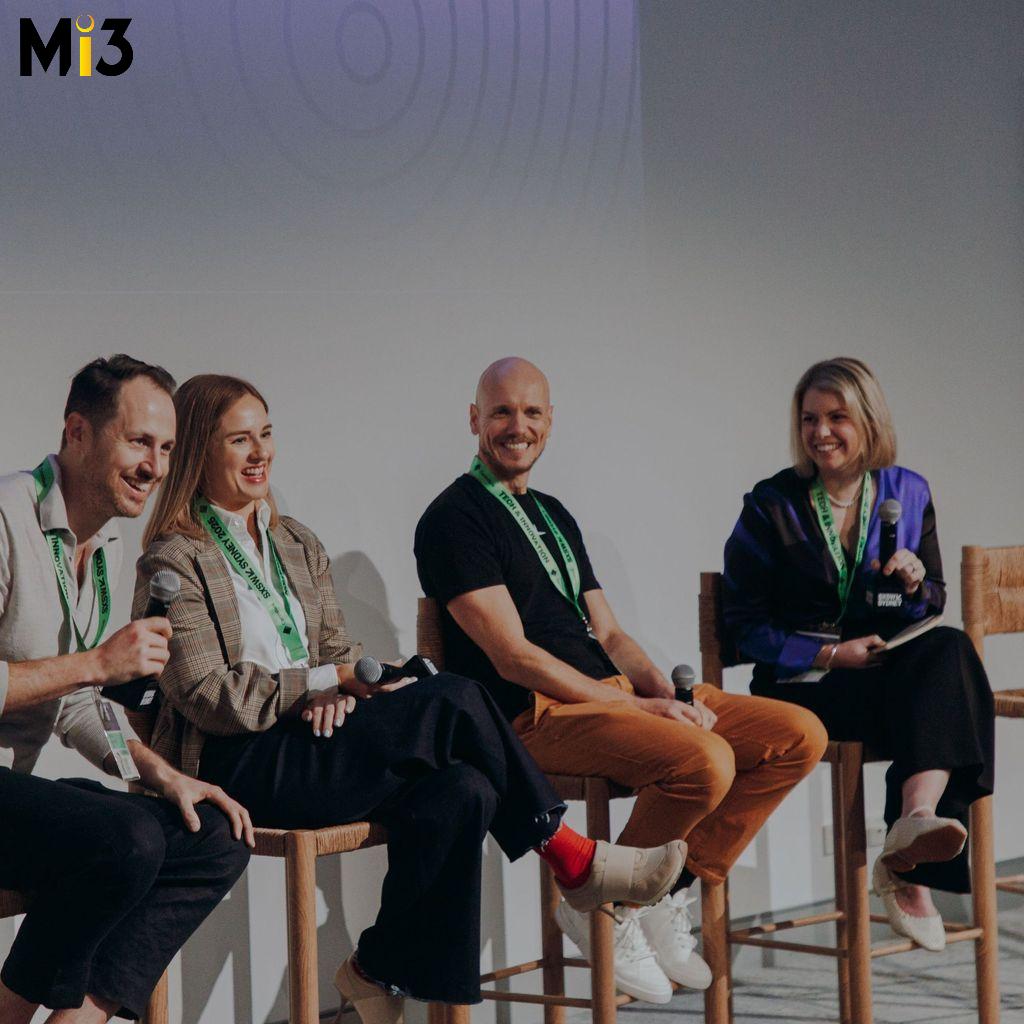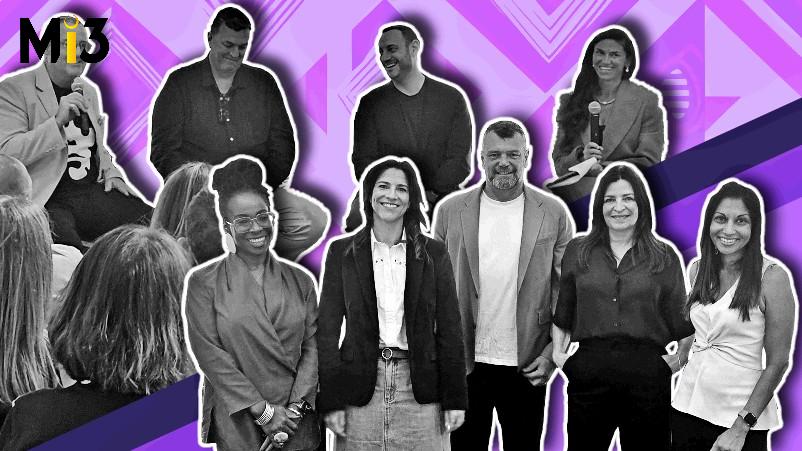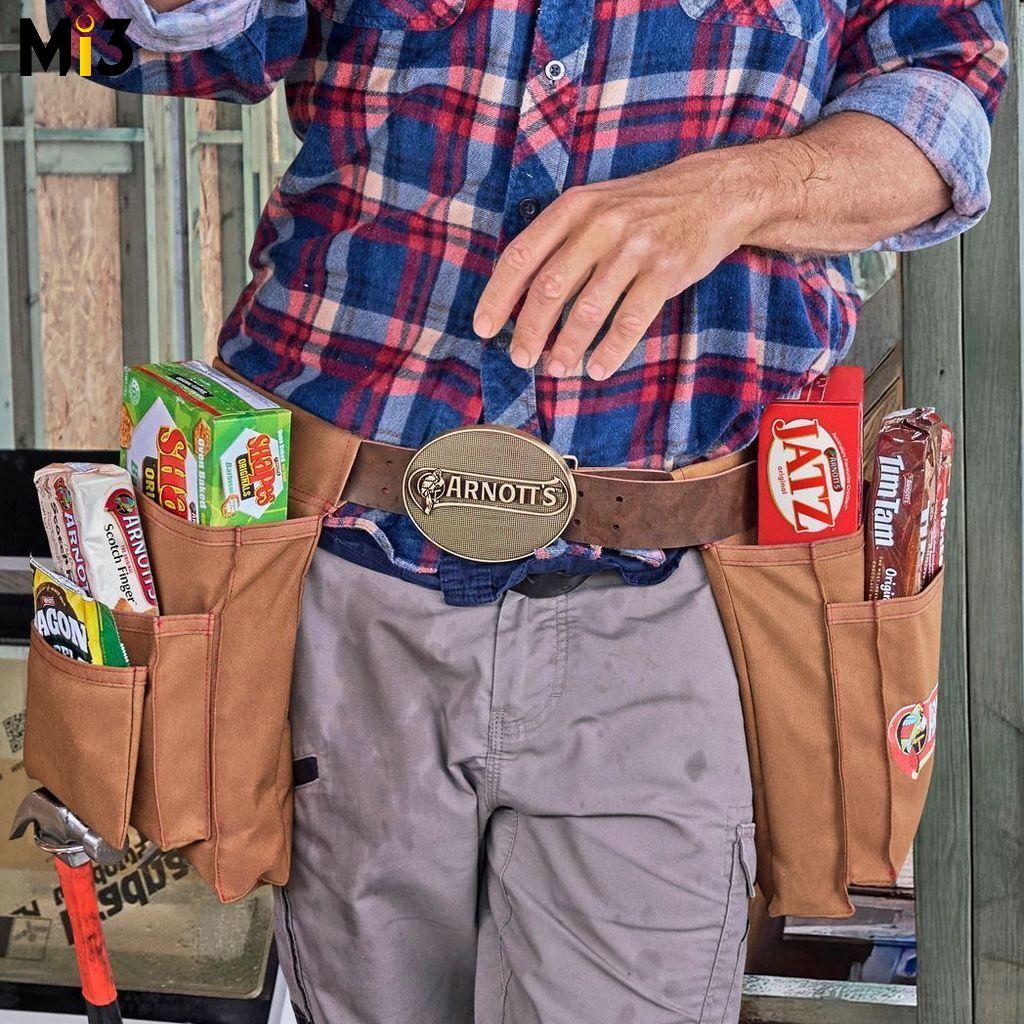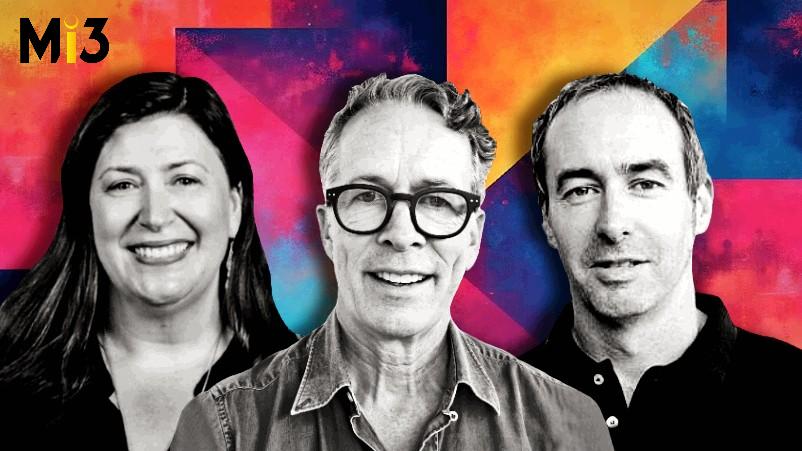The State and Territory Education Ministers will be briefed today about the implementation of the new social media laws for under 16s by the Minister for Communications and the eSafety Commissioner.
Author: admin
‘More familiar, more human,’ Škoda and DDB seek to challenge EV stereotypes
Škoda has launched a new campaign titled ‘Surprisingly EV’ to promote its latest electric vehicle models, the Elroq and Enyaq.
Allianz tops Interbrand’s Best Global Insurance Brands list for seventh year
Allianz has been recognised as the ‘world’s leading insurance brand’ for a seventh consecutive year in the 2025 Interbrand Best Global Brands ranking.
‘Advertising as a public utility mechanism’: Jolt, Uber and Polestar discuss EV/AV future at SXSW Sydney
The growing market for electric and autonomous vehicles are driving shifts in consumer behaviour and creating new opportunities for advertisers, executives from Uber, Polestar and JOLT told a crowd at SXSW Sydney this week.
ANZ partners with Everyday Rewards for enhanced loyalty benefits
ANZ has announced a new loyalty partnership with Everyday Rewards, allowing ANZ Rewards credit cardholders to convert their points into Everyday Rewards points.
‘We’re coming to the end of the beginning with AI’: Telstra digital chief, Amazon, Auto & General top marketers notch single-digit productivity gains, but urge industry to seek bigger growth leaps
Telstra’s digital and loyalty chief, Jeremy Nicholas, says adopting AI to date has garnered 8-10 per cent productivity gains in the content supply chain, plus some incremental CX/EX and digital engagement improvements. But where the 30+ percentage gains will come from is tackling the “truly hard” part of AI adoption: Job change, rethinking ways of working and actually using AI to do things differently and net new growth, he says. Over at Auto & General, AI has provided several experience wins with customers and opened up previously unavailable ways of testing campaigns on the fly, along with iterative creative scale to feed the 14 channels the insurance brand is advertising through these days, says chief growth officer, Jonathan Kerr. Meanwhile, Amazon CMO Arno Lenior, has stopped worrying about AI taking his job and is leaning into what AI can do to improve marketing’s impact – but with the caveat of reverting to our uniquely human sixth sense for sniffing out an issue in consumer experiences even if the data’s not showing a blip. Beneath the noise and platitudes surrounding AI at SXSW Sydney, we look at the practical productivity implications marketing teams are finding with AI, and the cultural challenges of where to go next to get growth.
‘It’s all about emotional manipulation … for monetisation’: eSafety Commissioner sends transparency notices to ‘devious’ AI companion apps – large platforms next, ChatGPT floodgate opens
Australia’s online safety watchdog has a new target in its sights: AI companions. eSafety Commissioner Julie Inman Grant has fired warning shots at a growing cohort of AI apps that blur the line between intimacy and manipulation. Her first round of transparency notices went to four smaller operators, Mi3 has learned, but the giants like Elon Musk’s X with whom the Commissioner has a tetchy history, can expect to receive notices in short order.
Arnott’s and The Block replace tools for snacks in the ‘Bikkie Belt’
Arnott’s has released its latest promo venture, ‘The Bikkie Belt’, a wearable tradie holster designed to keep its popular biscuits within easy reach.
Intensifying competition sees insurance brands up ad spend
Australian insurance brands increased their ad spend in the year ending August 2025, owing, says Nielsen, to intense competition between established and emerging operators.
‘Cosy’ brand management roles are out, ‘trust managers, AI orchestrators, AEO specialists’ are in: ACAM outlines the new jobs flipping marketers from AI victims to ‘getting paid shitloads’
You can be on the wrong side of the emerging AI skills shortage as a marketer, or “you can actually get paid a shitload of money and be poached left, right and centre, because you understand how those two things correlate”, says ACAM co-founder, Douglas Nicol. As the pro-purpose hub looks to embed itself in the practicalities of how marketing teams build capability survive and thrive in an AI world, it’s come up with guiding principles and job descriptions of new and evolving roles to try combat the fear and anxiety surrounding skills development and new-look functional models. Cue trust-first brand and customer management, answer engine optimisation in parallel to SEO, AI productivity coaches and the pressing need for what Foxtel head of marketing operations and report contributor, Aaron Michie, calls an orchestrator who can stitch AI into legacy systems, processes and platforms.










